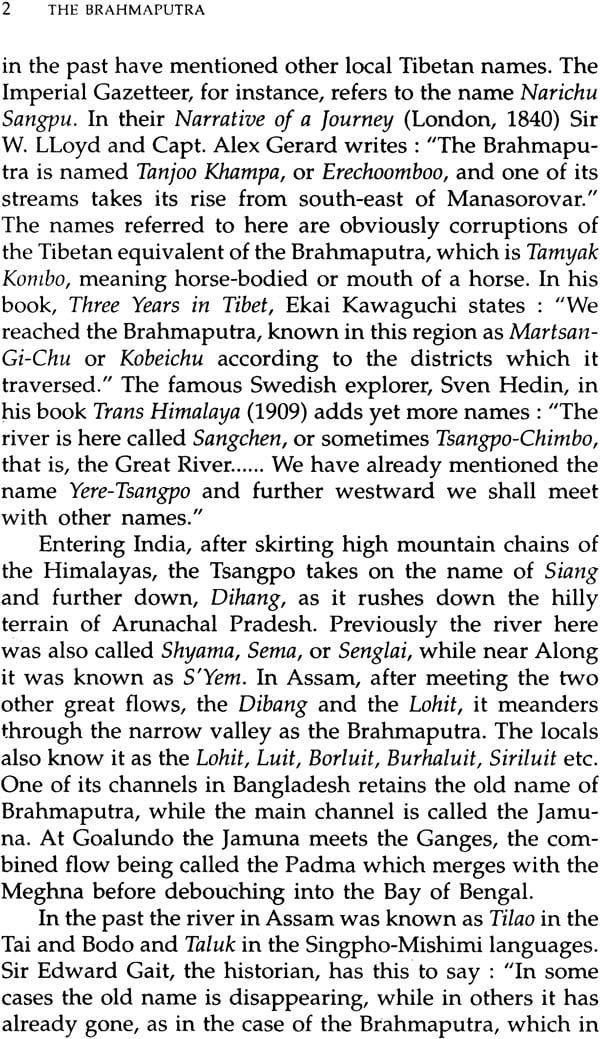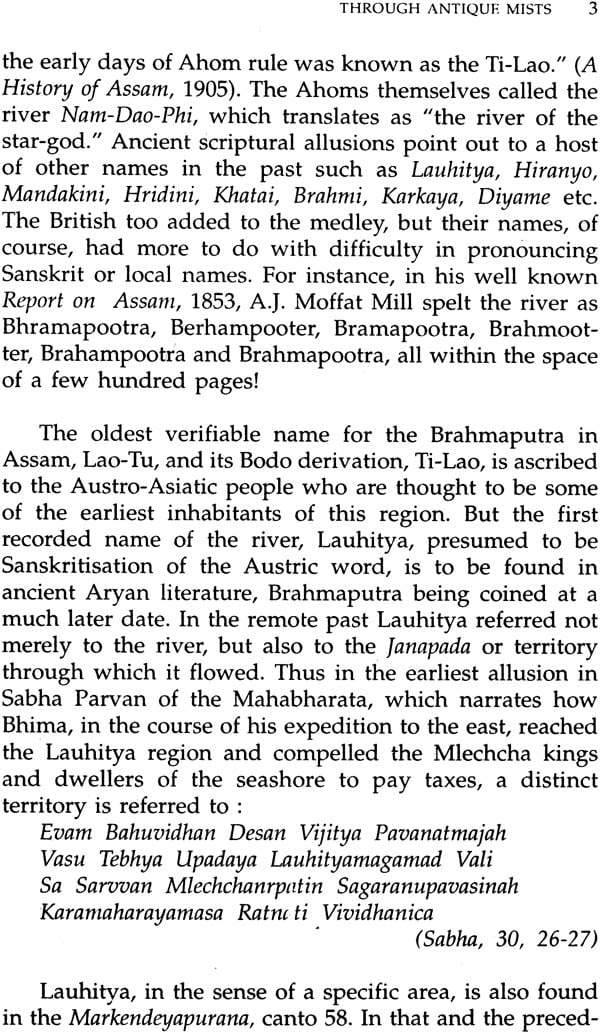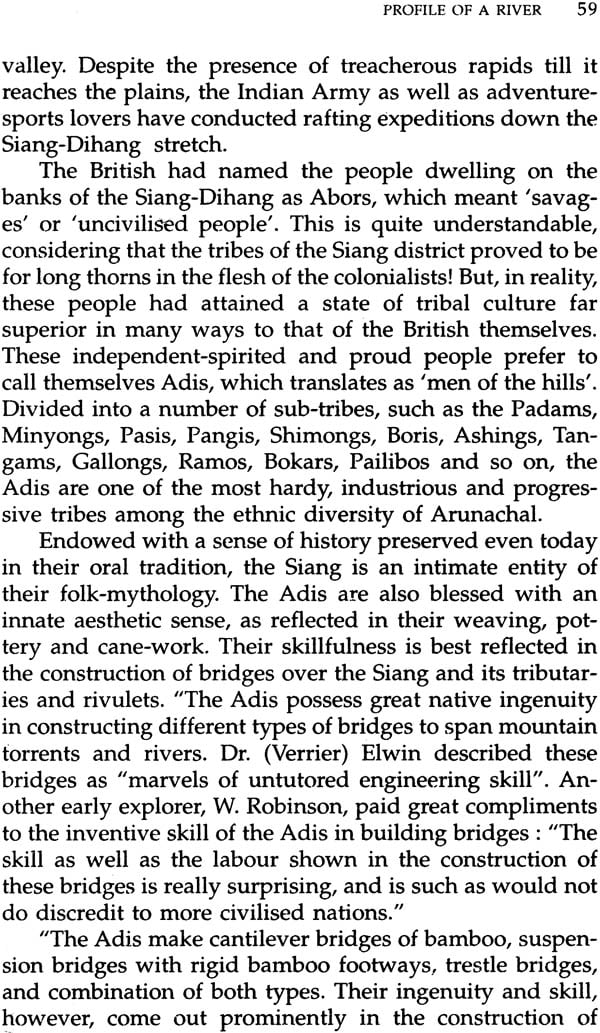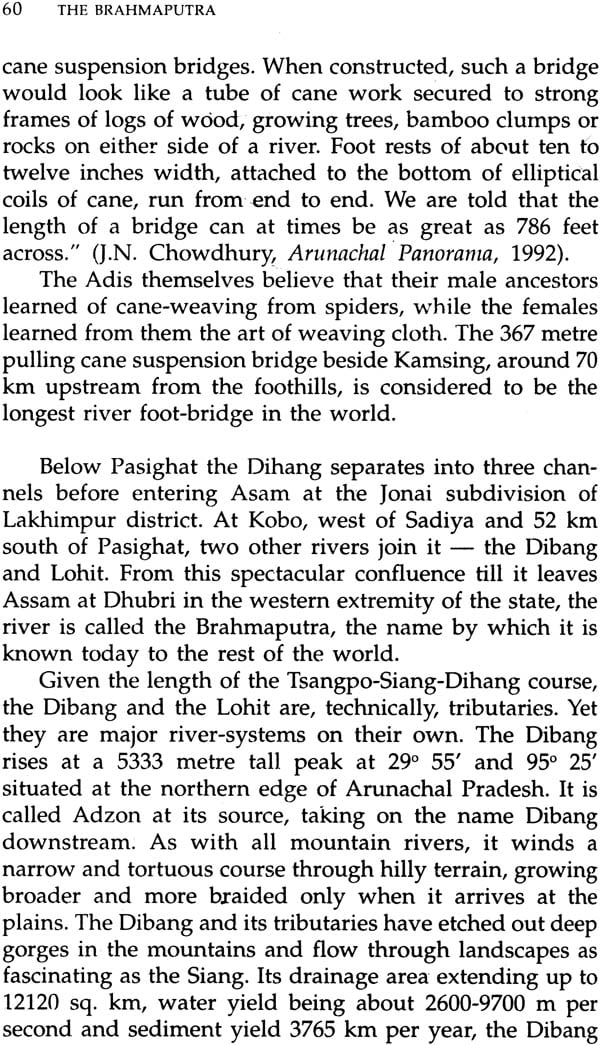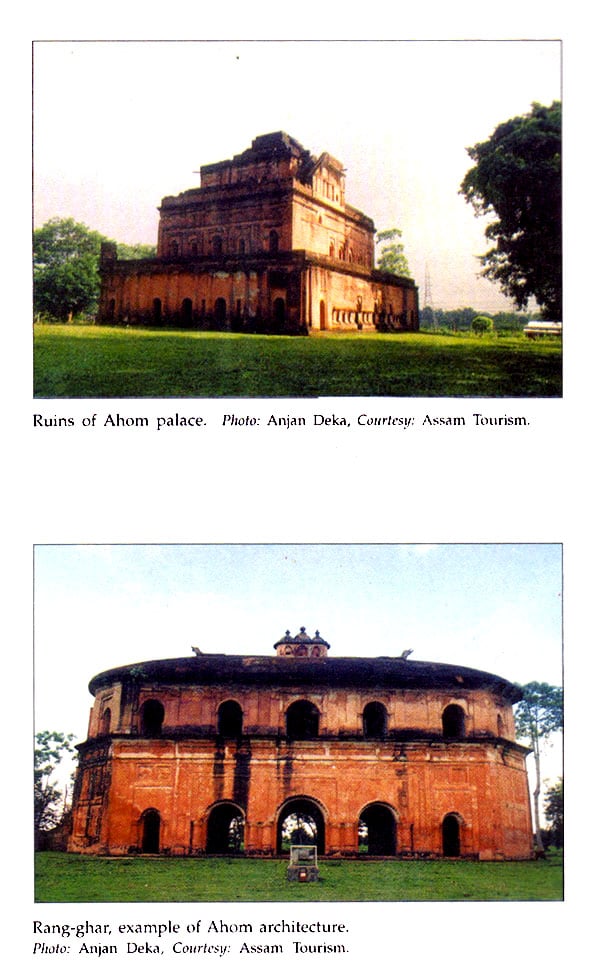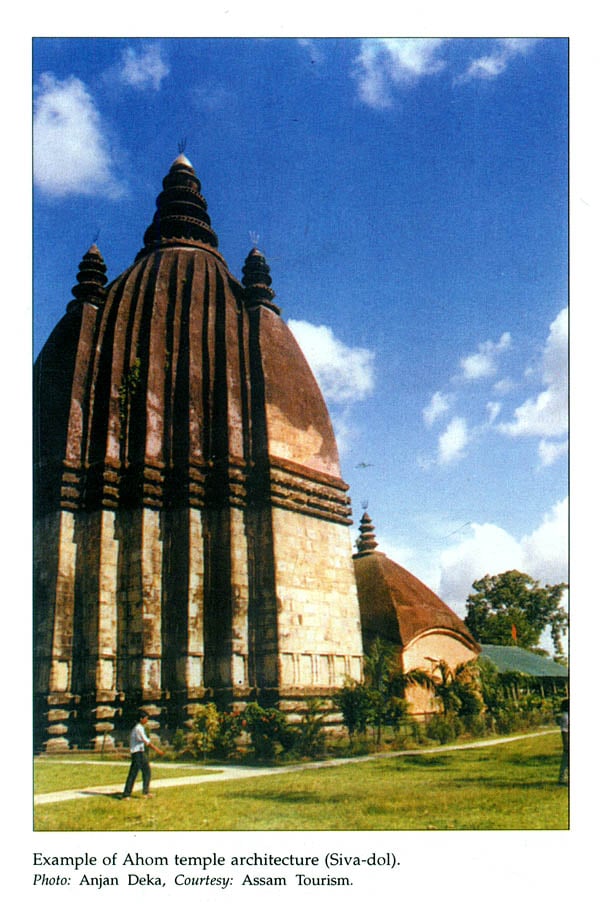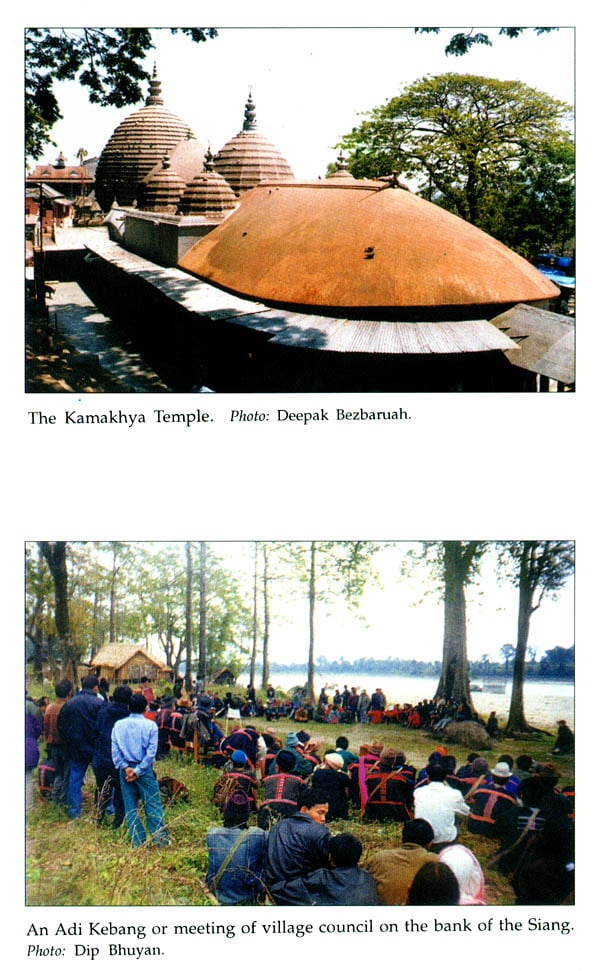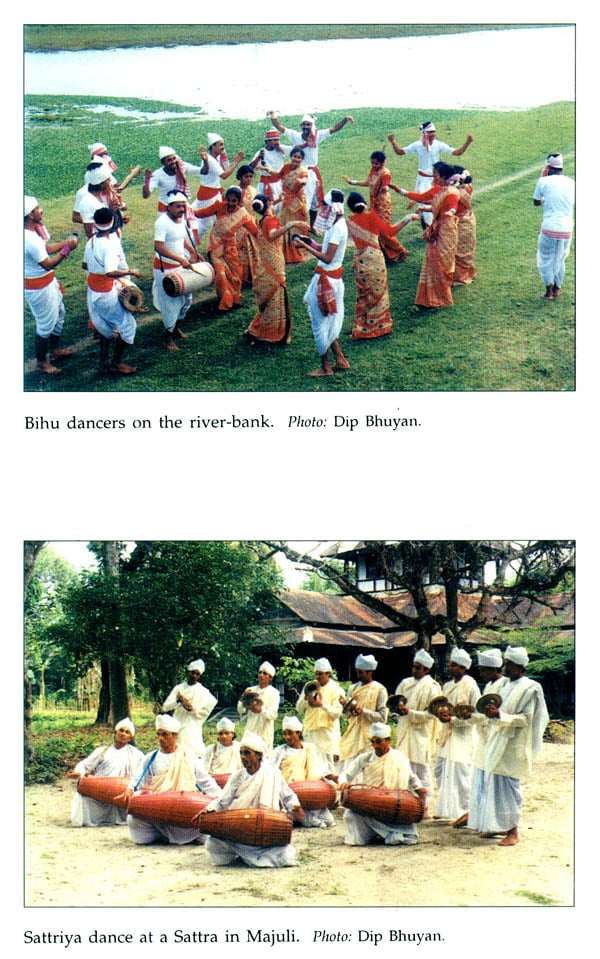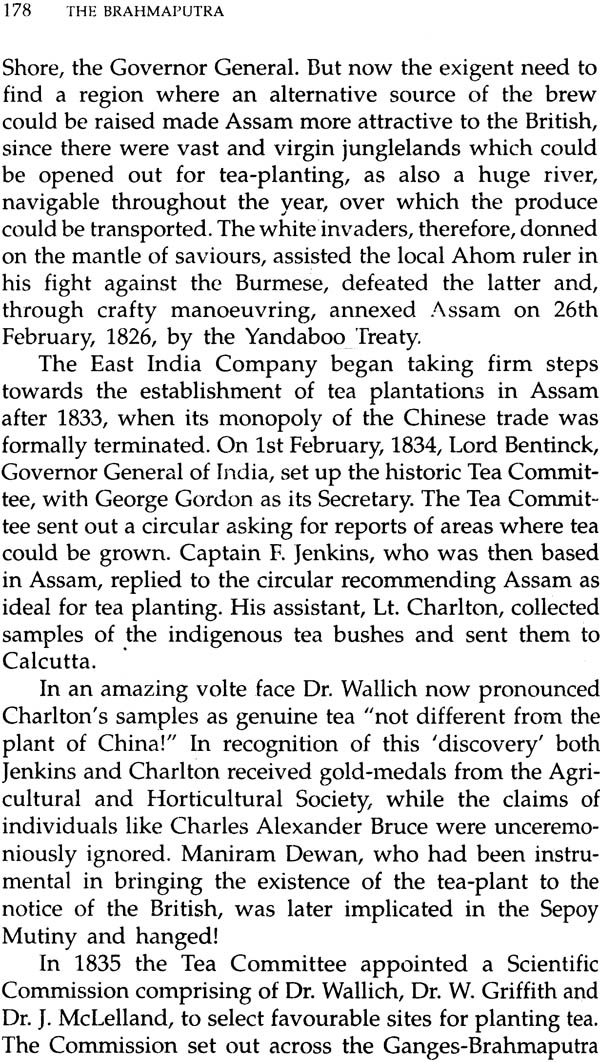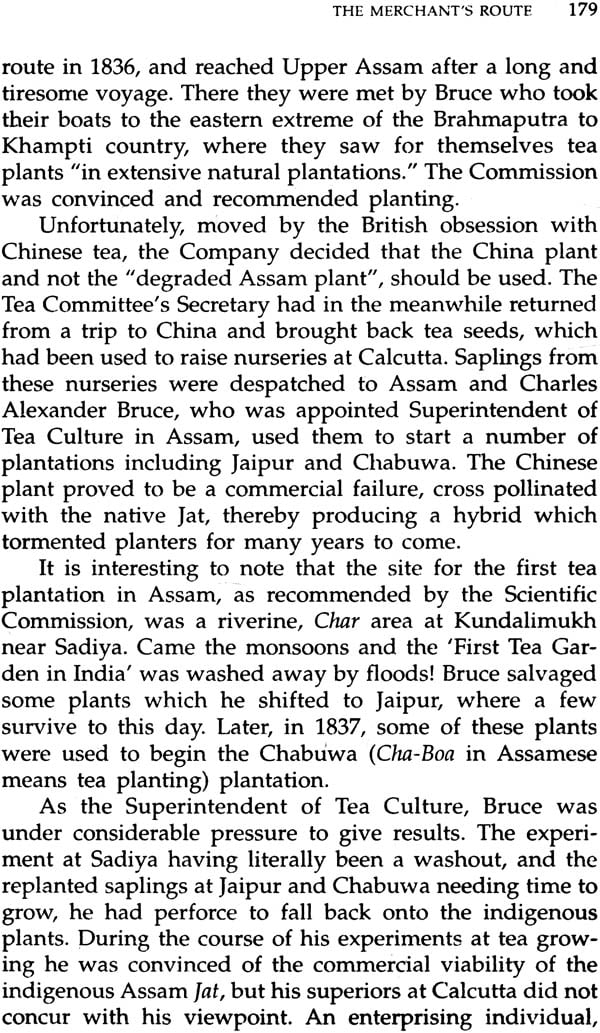
THE BRAHMAPUTRA
Book Specification
| Item Code: | IDH014 |
| Author: | ARUP KUMAR DUTTA |
| Publisher: | National Book Trust, India |
| Language: | English |
| Edition: | 2016 |
| ISBN: | 9788123735443 |
| Pages: | 237 (Color Illus: 26, B & W Illus:8, Map: 1) |
| Cover: | Paperback |
| Other Details | 8.4" X 5.5" |
| Weight | 330 gm |
Book Description
About The Book:
In this riveting account of one of the greatest river-systems in the world, we accompany the Tsangpo-Brahmaputra as it emerges from the icy height of Tibet. Its journey through some of the most awesome and inhospitable Himalayalan ranges had been shrouded in mystery till unveiled by intrepid adventures during the British Raj. Entering India's northeastern portal as a mighty and turbulent river, it formed an integral part of ancient trade and migratory routes. This book seeks to sketch a profile of this fascinating river, and acquaint the reader with the society which evolved on its banks, the heights of civilisation it attained and the contributions made by it to the pan-Indian mosaic. Once the stage for epic battles for independence, the Brahmaputra's role and potential in the national economy continue to be immense
About The Author
Arup Kumar Dutta from Assam is a full time author, writing in English, for adults as well as Children. Known for works based on meticulous research and documentation, his books for adults include Unicornis, a comprehensive account of the Indian one-honed Rhinoceros, Cha Garam, a highly readable 'biography' of Queen Camellia or tea, Hammer Blow etc. Dubbed as "India's own Blyton", Arup Kumar Dutta has achieved international repute with his books of fiction for young adults. Translated into German, Japanese, Russian, Hungarian, Czech etc., some of these have won awards and acclaim at home and abroad. Two of them have been brought out in Japanese Braille, while three have been made into films. National Book Trust, Indian has published his A Story about Tea and The Crystal Cave in its Nehru Bal Pustakalaya series
A river is an apt metaphor for life. It is born, wends its way through the landscape of consciousness, and dies to min- gle in the sea of eternity. Constant change is the rule of life and a river is constantly changing; the water it carries is never the same, the face it presents is always different. Unlike hills and mountains it is not inert and immobile; there is life and dynamism in its flow. Sometimes it is placid, sometimes enraged. And, like life itself, its death is a beginning in the most sublime sense, a recurrent and cyclic regeneration of generations, a looking forward to a future which leaves behind yet embraces the past.
No wonder rivers formed a vital component of the animist's awe and worship, being shaped by the human imagination into living, breathing presences. Even the theistic fancy was prompted by residual animism, and invested the maternal archetype to rivers. The associations made with the Brahmaputra are, naturally, paternall For the people of Assam this river is Baba Brahmaputra! The figure conjured up is that of an old, bearded patriarch, sanctified by millennia's wisdom, guiding the destiny of the people of the valley and hills since primordial times. In a more colloquial, intimate and loving way they call it Borluit or Burhaluit. It is the nourishing presence which overshadows all else in the valley and surrounding hills, animates the dwellers and lends vibrancy to their day to day existence, sustains their culture and shapes their imagination. The Brahmaputra, for the people of this region is, in fact, the very soul of Assam.
Yet the river does not belong to Assam alone. Emerging from the holy Himalayas and flowing as the Tsangpo across the heights of the Tibetan Plateau, it belongs to mystic Tibet. Rushing down in furious haste through deep chasms and narrow gorges as the Siang/Dihang, it belongs to Arunachal Pradesh. The floods and alluvia it brings as the Jamuna have induced the people of Bangladesh to make this river their very own. Above all, the Brahmaputra belongs to entire India, though the nation so far has seemingly ignored this fact. Jawaharlal Nehru, in his The Discovery of India, points out that the Brahmaputra was "rather cut off from the main currents of (Indian) history." Perhaps this lies at the root of the indifference displayed by the rest of India towards this river. It was not considered a sacred river in ancient India and the various myths investing it with holy stature grew up separately in Kamarupa, as Assam was known in the past. Much has been written about the Indus and Gangetic Valley Civilisa- tions; hardly anything about the age old civilisations which had been erected on the banks of the Brahmaputra.
The indifference extends to scientific and technological aspects too. While in mainland India the hydro-power and irrigation potentiality of even minor rivers have been fruitfully exploited, very little has been done to tame and harness a mega river-system as the Brahmaputra. It was the very last of the major rivers in India to be bridged, the first bridge being opened for traffic as late as 1962. Our ability to manage a river and extract the best out of it depends upon a through knowledge of its fluvial-regime. Thus extensive research on the Brahmaputra and its trib- utaries is a sine qua non if it is to be tamed and harnessed. But serious and prolonged research by specialists like c.s. Bristow, J.M. Coleman, H. Bremmer, T. Hoffer and B. Messerli has been conducted only in Bangladesh. Not only have there been very few studies on the Brahmaputra in the Assam valley, the hazard management techniques adopted so far to tackle the grave problems of annual flooding has been based upon an inadequate data-base. As Dr. D.e. Goswami, who has devoted a lifetime to the scientific study of this river, puts it : "A gigantic fluvial system with unique characteristics of flow, sediment trans- portation and channel configuration, the Brahmaputra river is close to a virgin when it comes to fluvial research."
Dr. S.D. Mishra, in his Rivers of India (1970), refers to the irony inherent in this contradiction when he states that "The Brahmaputra, the river normally neglected by most writers, is probably the most significant in the present day geopolitical context." Greater focus on the Brahmaputra can assist the nation in a two-fold way. The river and its tributaries constitute the most powerful fluvial system in India, endowed with unmatched latent energy which, if exploited, can be of invaluable service not merely to the North-East, but the nation as a whole. Possessing as it does over one third of the hydro-power potential of the nation, its exploitation can revolutionise the power scenario of the country. Yet, in the last five decades, less than 3 per cent of this stupendous potential has actually been tapped !
Moreover, the North-East is politically a hyper-sensi- tive zone. Colonial exploitation of its resources by the British had impoverished this once prosperous and self- sufficient region; floods of increasing intensity have en- sured that the agricultural sector remains perpetually backward. Its neglect during the post-independence era has exacerbated the sense of alienation from the main- stream amongst the people, feeding secessionist aspira- tions and tendencies. The strategic importance of this area to India's security and integrity hardly needs to be reiter- ated. Hemmed in as it is on all sides by foreign countries, forces inimical to the well-being of the nation have found a fertile soil in the North-East upon which to plant their subversive seeds. It has now been universally acknowl- edged that economic development of the region is the sole panacea through which the feeling of alienation can be removed and the threat to national security be combated.
| Preface | ix | |
| 1 | Through Antique Mists | 1 |
| 2 | Unravelling an Enigma | 22 |
| 3 | Profile of a River | 51 |
| 4 | The Melting Pot | 87 |
| 5 | the Adjutant of Clios | 111 |
| 6 | The Pilgrim's Progress | 144 |
| 7 | The Merchant's Route | 164 |
| 8 | Burha Luit | 197 |
| 9 | From Boom to Bane | 216 |
| Select Bibliography | 235 |
